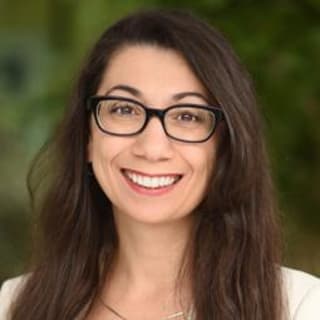
Masoud Shamszadeh MD
Assistant Professor, Pathology, USC School of Medicine
Join to View Full Profile
4650 W Sunset BlvdMS 43Los Angeles, CA 90027
Phone+1 323-361-5836
Fax+1 323-361-8491
Are you Dr. Shamszadeh?
Join over one million U.S. Physicians, Nurse Practitioners and PAs, already on Doximity.
- Gain access to free telehealth tools, such as our "call shielding" and one-way patient texting.
- Connect with colleagues in the same hospital or clinic.
- Read the latest clinical news, personalized to your specialty.
Summary
- Dr. Masoud Shamszadeh, MD is a pediatric endocrinologist in Los Angeles, California. He is currently licensed to practice medicine in California and Pennsylvania. He is an Assistant Professor at USC School of Medicine.
Education & Training
 Children's Hospital Los AngelesResidency, Pediatric Pathology, 1985 - 1986
Children's Hospital Los AngelesResidency, Pediatric Pathology, 1985 - 1986 Tower HealthResidency, Pediatric Pathology, 1980 - 1982
Tower HealthResidency, Pediatric Pathology, 1980 - 1982 Albert Einstein Healthcare NetworkResidency, Pathology-Anatomic and Clinical, 1977 - 1980
Albert Einstein Healthcare NetworkResidency, Pathology-Anatomic and Clinical, 1977 - 1980 Tower HealthResidency, Pediatric Pathology, 1976 - 1977
Tower HealthResidency, Pediatric Pathology, 1976 - 1977 Detroit Medical Center/Wayne State University (Sinai-Grace)Internship, Transitional Year, 1973 - 1974
Detroit Medical Center/Wayne State University (Sinai-Grace)Internship, Transitional Year, 1973 - 1974 Tehran University of Medical Sciences School of MedicineClass of 1970
Tehran University of Medical Sciences School of MedicineClass of 1970
Certifications & Licensure
 CA State Medical License 1982 - 2025
CA State Medical License 1982 - 2025 PA State Medical License 1978 - 1990
PA State Medical License 1978 - 1990 American Board of Pathology Anatomic Pathology
American Board of Pathology Anatomic Pathology American Board of Pathology Clinical Pathology
American Board of Pathology Clinical Pathology
Publications & Presentations
PubMed
- 5 citationsSertoli cell tumor and intratubular germ cell neoplasia located in separate gonads in an adolescent patient with complete androgen insensitivity: a case report and rev...Maria H. Lin, Masoud Shamszadeh, Pisit Pitukcheewanont
Journal of Pediatric Endocrinology & Metabolism. 2012-01-01 - 25 citationsAssociation of Down syndrome and segmental tracheal stenosis with ring tracheal cartilages: a review of nine cases.Theadis R. Wells, Benjamin H. Landing, Masoud Shamszadeh, Jerome W. Thompson, Kevin E. Bove
Pediatric Pathology. 1992-09-01 - 51 citationsAge-related changes in tissue levels of prostatic acid phosphatase and prostate specific antigen.David A. Goldfarb, Barry S. Stein, Masoud Shamszadeh, Robert O. Petersen
The Journal of Urology. 1986-12-01









